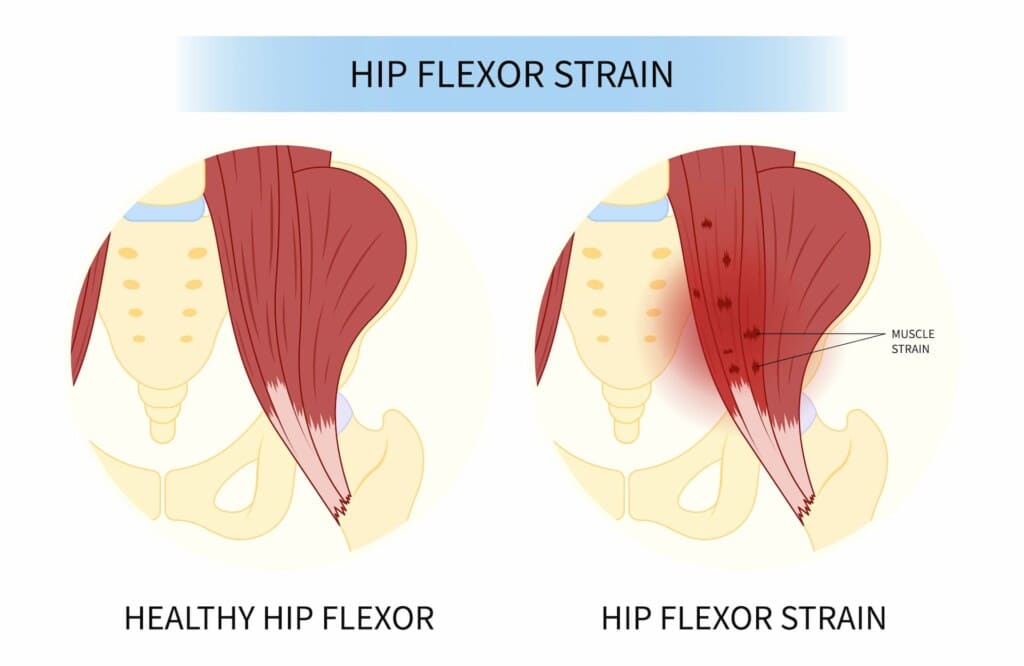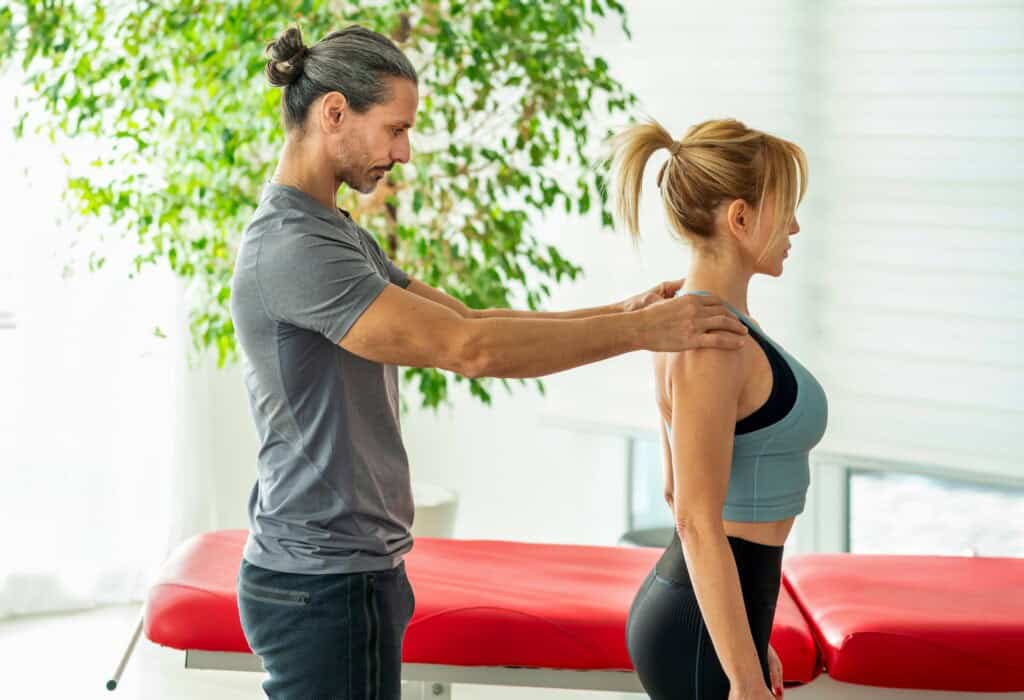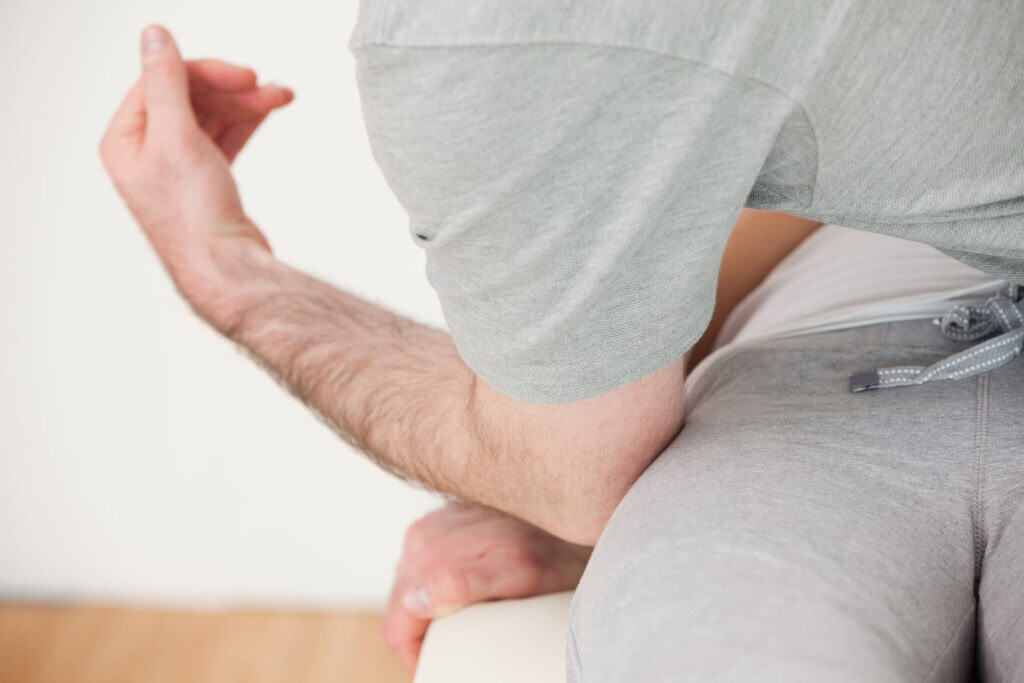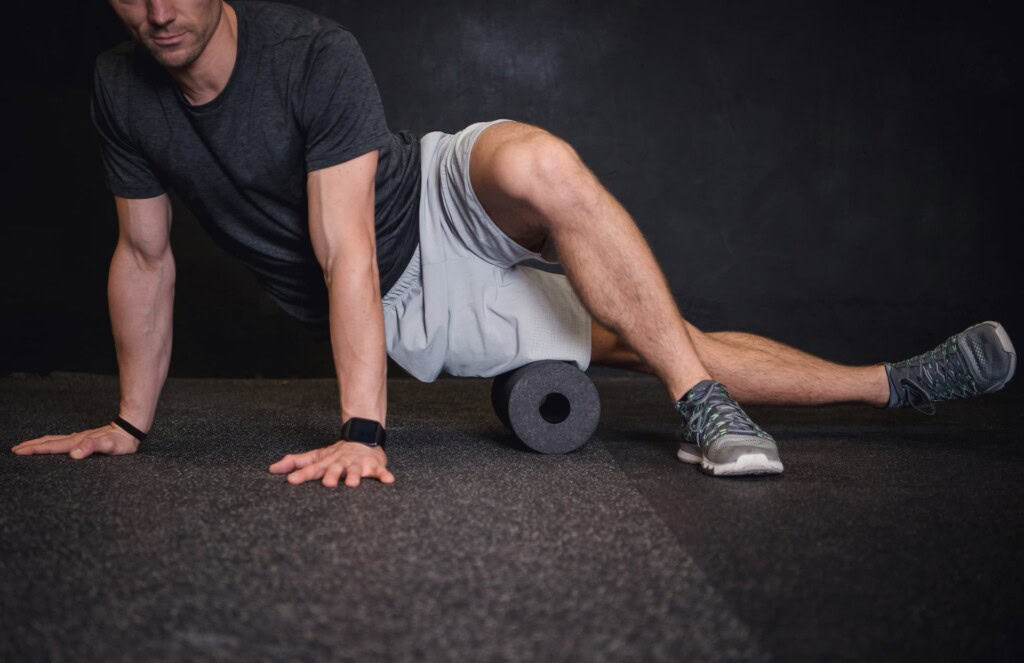Let’s face it—hip pain is a real drag. It can slow you down, make everyday tasks feel like a chore, and even rob you of a good night’s sleep. If you’re reading this, chances are you’ve tried all sorts of remedies, from over-the-counter pain meds to stretching routines, yet that nagging pain just won’t quit.
But don’t worry — bodywork therapy might just be the game-changer you need. In this article, we’ll explore how bodywork can help with hip pain, its benefits, and why it might be the solution you’ve been searching for.
Before we dive into the nitty-gritty of bodywork, let’s talk about why your hip might be giving you grief in the first place. Hip pain can be tricky because it can stem from a lot of different sources. Here are some of the most common culprits:

But here’s the kicker—sometimes, the pain you feel in your hip isn’t even coming from your hip. That’s right. It could be referred pain from your lower back or even your knees. That’s why treating the hip alone might not do the trick.
So, what exactly is bodywork therapy, and how can it help with hip pain? At its core, bodywork therapy involves various hands-on techniques aimed at manipulating the muscles, fascia, and other soft tissues in your body. The goal is to improve mobility, reduce pain, and restore balance.
But here’s the magic: bodywork doesn’t just focus on the area where you feel pain. Instead, it takes a whole-body approach, which is key when dealing with something as complex as hip pain.
Let me explain. Your body is like a chain, and everything is connected. If one link in the chain is weak or out of alignment, it affects the entire system. That’s why, when you come in for a bodywork session at Bodywork Masters, we don’t just zero in on your hip. We look at how your entire body is functioning.
For example, if your hip pain is actually being caused by tightness in your lower back or an imbalance in your gait, a bodyworker will identify and address those issues. By treating the root cause, we can help relieve the pain for good—not just mask it temporarily.

If you’ve never tried bodywork therapy before, you might be wondering what to expect. First off, let me assure you—it’s not as mysterious as it sounds.
When you arrive at Bodywork Masters, we’ll start with a thorough assessment. This involves talking about your pain, your lifestyle, and any previous injuries. We might ask you to walk around or perform certain movements to see how your body is functioning as a whole.
Once we have a good sense of what’s going on, we’ll get to work. Depending on your needs, we might use a variety of techniques, including:

The benefits of bodywork therapy go beyond just pain relief. Here are some of the key advantages:
Before diving into self-care and self-massage techniques, it’s crucial to first address any sharp pain, restricted motion, or severe tightness you may be experiencing. In such cases, seeking professional bodywork may be necessary before attempting self-treatment. If adhesions are tightly bound around your muscles, bones, or tissues, they should be manually released by a professional. This step is important to avoid causing tears or further damage during your own efforts.
Incorporating targeted stretches and self-massage into your routine can significantly help manage and prevent hip pain. Here are some specific techniques you can try at home:


Remember to be gentle with all these techniques, especially if you’re experiencing pain. Start with light pressure and short durations, gradually increasing as you become more comfortable. If any stretch or massage technique causes pain, stop immediately and consult with a healthcare professional or your bodywork therapist.
Incorporating these stretches and self-massage techniques into your daily routine, along with the other self-care practices mentioned earlier, can help maintain hip flexibility, release muscle tension, and potentially reduce hip pain over time.

To maintain hip health and prevent pain, it’s important to adopt good habits and take proactive measures. Here are some key strategies:
By following these guidelines between bodywork sessions and in your daily life, you can significantly reduce your risk of hip pain and maintain overall hip health.
The duration of hip pain varies widely depending on its cause:
Recovery time can be influenced by factors such as age, overall health, and treatment adherence. Bodywork therapy can often help speed up recovery by addressing underlying issues. However, persistent or worsening pain should always be evaluated by a healthcare professional for an accurate diagnosis and treatment plan.

Living with hip pain can feel like a constant battle. But here’s the good news: you don’t have to settle for temporary relief or a lifetime of discomfort. Bodywork therapy offers a comprehensive approach that goes beyond surface-level treatments to address the root cause of your pain.
Take the first step toward lasting relief by booking a session with a qualified bodywork therapist. You deserve to move through life with ease and comfort, so schedule your appointment today and start your journey to a pain-free life.